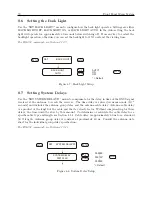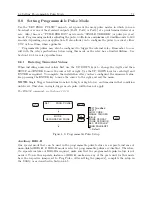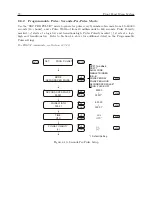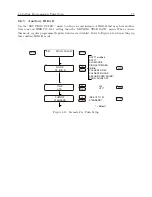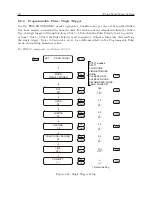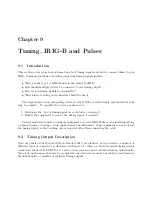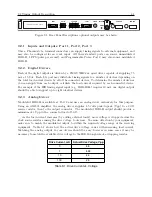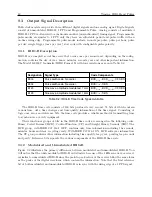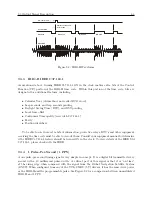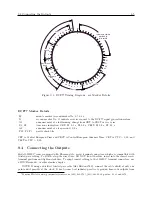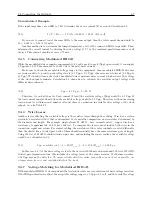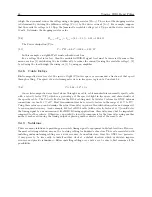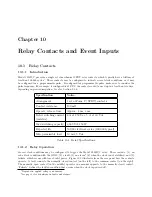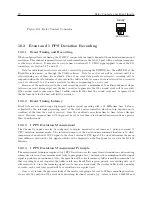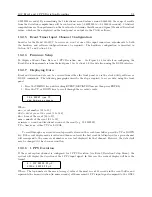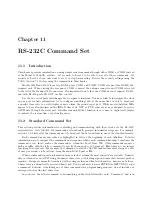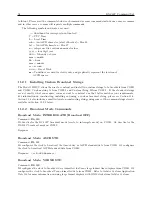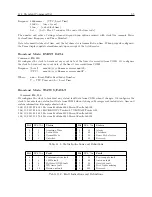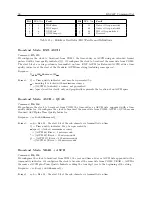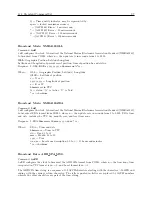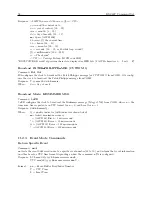
9.3 Output Signal Description
83
Start of next second
in time code
Unmodulated
Modulated
Reference
Reference
IRIG ZERO
IRIG ONE
ON-TIME 1 PPS
Figure 9.2: IRIG-B Waveforms
9.3.3
IRIG-B IEEE C37.118.1
As mentioned above, turning IEEE C37.118.1 ON in the clock enables extra bits of the Control
Function (CF) portion of the IRIG-B time code. Within this portion of the time code, bits are
designated for additional features, including:
•
Calendar Year (old method, now called
BCD
Y EAR
)
•
Leap seconds, and leap seconds pending
•
Daylight Saving Time (DST), and DST pending
•
Local time offset
•
Continuous Time quality (new with C37.118.1)
•
Parity
•
Position identifiers
To be able to use these extra bits of information, protective relays, RTU’s and other equipment
receiving the time code must be able to decode them. Consult your equipment manual to determine
if the IEEE C37.118.1 feature should be turned ON in the clock. To view details of the IEEE Std
C37.118.1, please check with the IEEE.
9.3.4
1 Pulse-Per-Second (1 PPS)
A one pulse-per-second timing signal is very simple in concept. It is a digital bit transmitted every
second with a 10 millisecond pulse width. A critical part of this signal is that it is “on time”
at the rising edge when compared with the signal from the Global Navigation Satellite System
(GNSS). When configured from any of the TTL/CMOS (5 V) drivers, it has the same drive power
as the IRIG-B and the programmable pulse. See Figure 9.2 for a comparison between unmodulated
IRIG-B and 1 PPS.
Summary of Contents for 1201B
Page 4: ...iv ...
Page 153: ...B 7 Four Fiber Optic Outputs 135 Figure B 4 Jumper Locations ...


